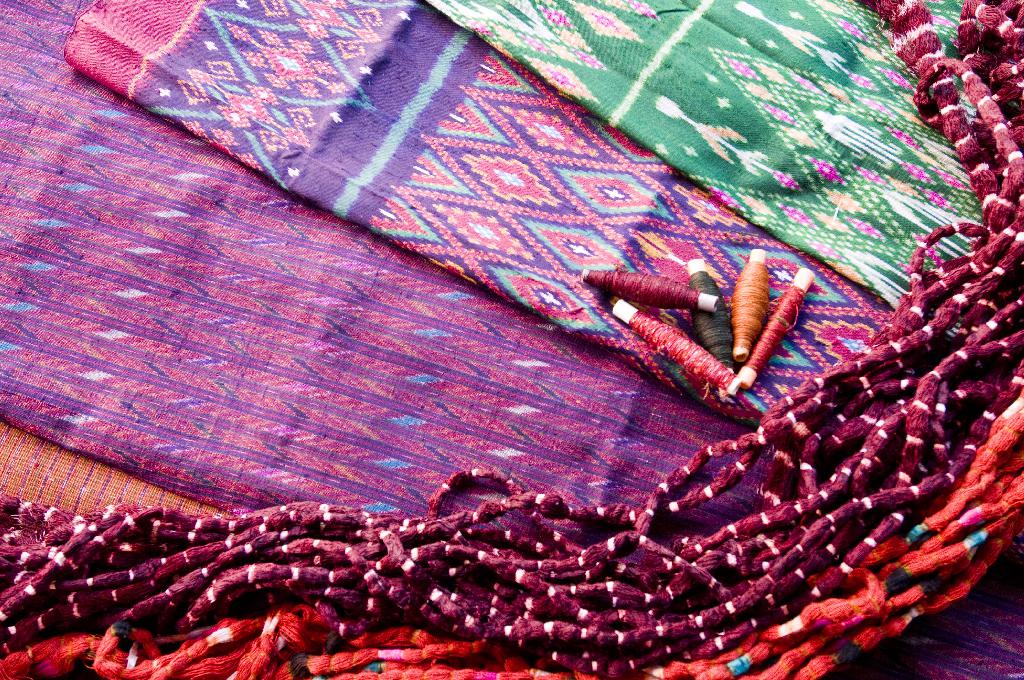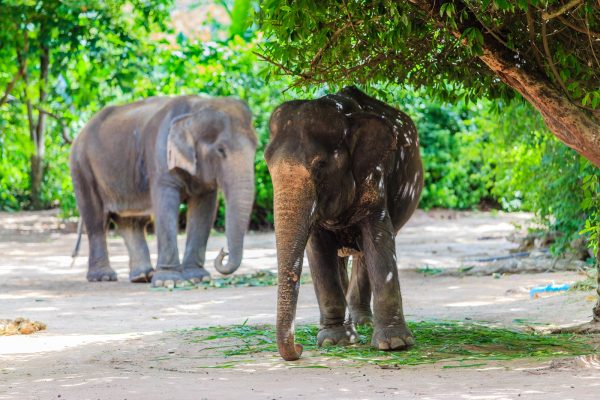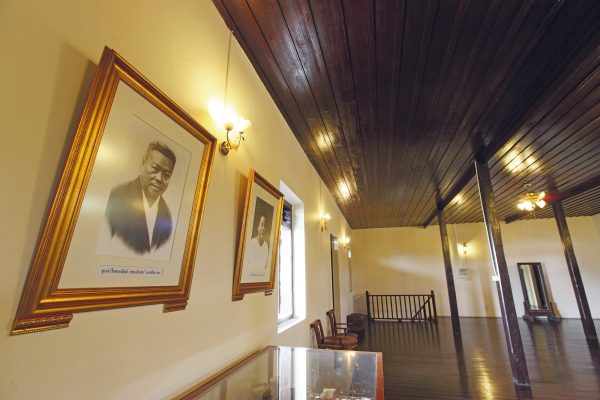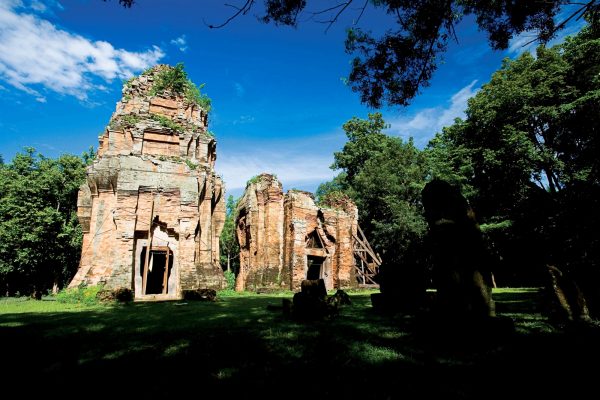
Baan Chan Rom Weaving Village
Baan Chan Rom Weaving Village is located at Tambon Kaewasi Narin. It is widely known as the center of local cloth weaving and also the silver accessories producer. Nowadays, both of the handicrafts are known as the popular handicraft of this province. Travel here by taking the highway 214 (Surin-Chompra) until the 14-15 km. then take the right junction for around 4 kilometres.Next to the Kaewasi Narin village, there are 2 villages named Baan Choke and Baan Sador which are also know for the weaving and silver accessories product. Moreover, Chan Rom Villages is located on the east of Amphur Muang along the Surin- Sangka Road on the highway 2077. In this village, they grow their own mulberry and silk worm for silk weaving. The patterns are mostly local and use ancient colors. Surin province is a province known for silk weaving since a long time ago. The process of weaving usually uses the Mai Noi silk to weave. The cloths are weaven into different clothing such as sarongs and also in different patterns such as Mad Mee Hole or Jong Hole (Khmer Language).Hole Cloth is a Mud silk of the Thai-Khmer tribe in Surin. Mud Hole silk is a unique pattern of Mud silk. Hole comes from Khmer language. It is used to call a kind of process in producing silk by using batik techniques in order to get the colors and patterns. Then the cloth will be taken to weave which is Mud Mee in Laos language and IKAT in Malayu language. The western usually perceived the Mud Mee as IKAT. Hole cloth has 5 colors which are black, red, yellow, blue and green. These colors are natural colors. This cloth has 2 sides with one light color and one dark color.Hole Proh (Hole pattern for men) is a Mud silk of Thai-Khmer in the south northeastern area. It is used to weave sarong for men. In the ancient language, it is called “Poom Khmer” cloth. The royal court uses this cloth to weave different sarongs for the courtiers according to their positions. It is a wide cloth similar to the patola cloth of the Indian. Sometimes it is called Sompak or Song Pak meaning sarong in Khmer which are granted according to the position in the royal court.





